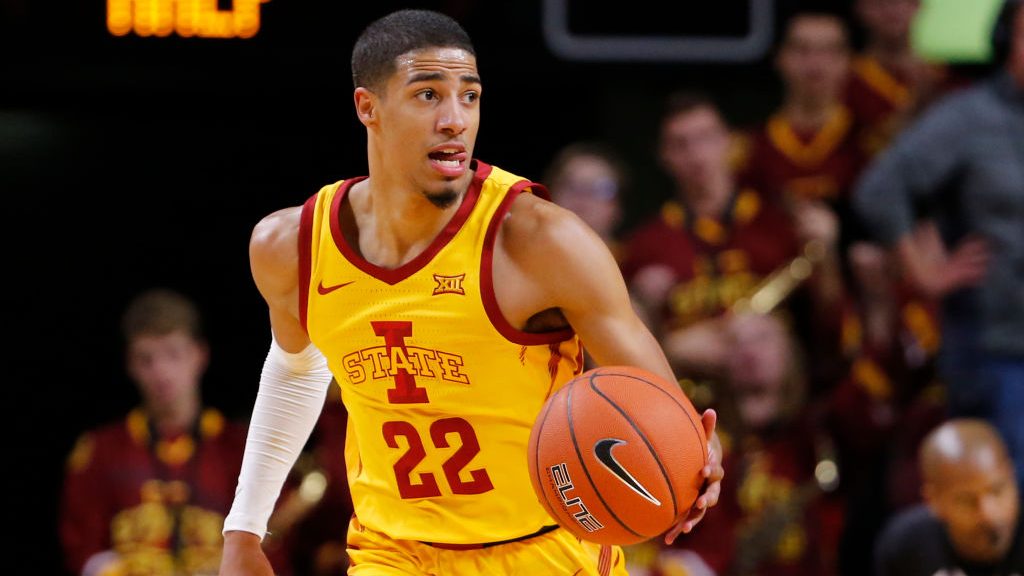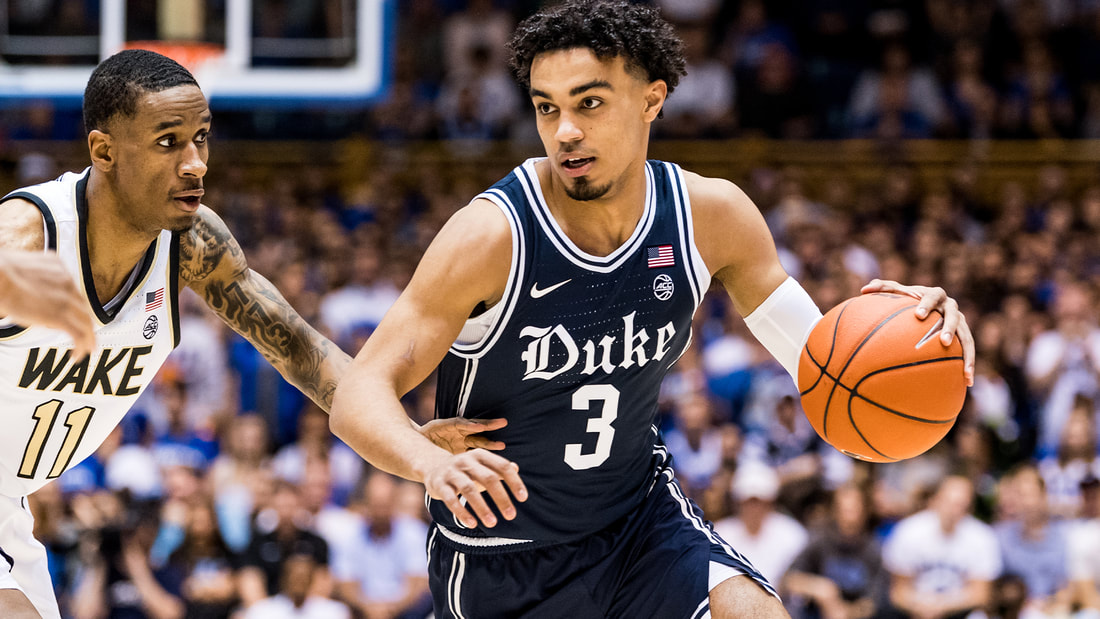|
This article is a facsimile of an earlier post featured on The Basketball Writers (TBW), which has recently closed its doors. An under-recruited prospect out of high school, Tyrese Haliburton played two very strong years at Iowa State. As a freshman in 2018-19, he took the role of facilitator and spot-up shooter next to the likes of NBA talent such as Marial Shayok and Talen Horton-Tucker. He was sixth on the team in scoring but quickly separated himself as an analytics darling.
125 assists and only 28 turnovers while shooting 43.4 percent from deep and 68.5 percent inside the arc is the output sure to garner attention. Haliburton chose to return to Ames for his sophomore year, where he'd get to show what he could do as a focal point of the offense in hopes of improving his view in the eyes of scouts. The Cyclones struggled mightily this year, however, and Hailburton missed ten games due to injury. Those two are heavily related, but the struggles weren't isolate to his absence. His analytical projection didn't decline too much despite their losing ways. He led the team in scoring while shooting 59.2 percent inside the arc, 41.9 percent behind it and dialing up 142 assists with only 61 turnovers. (His 6.5 assists per game was just outside the nation's top-10.) Projecting a player's abilities at the next level is informed by stats, but not reliant on them. In this way, Haliburton is an intriguing prospect. His output and results are incredibly strong in a relatively weak draft class. But the overall projection of his athleticism, shooting form and ability to create his own shot could alter his NBA role, which would shape his output.
0 Comments
This article is a facsimile of an earlier post featured on The Basketball Writers (TBW), which has recently closed its doors. In such an uncertain environment, there is little about the 2020 NBA Draft that is certain. Workouts will be affected, as will combines, testing information and in-person interviews. Scouts no longer have the NCAA Tournament as a one-stop-shop to conveniently evaluate.
How will the draft order even be determined in a season without playoffs? We're staring down the barrel of many firsts, though we are starting to see some prominent college players declare for the draft despite all the unusual uncertainty. Even before COVID-19 breached the sports world, this 2020 NBA Draft class was seen as a weak one. Top-end prospects are severely lacking, and few freshmen made both an impact statistically and for their team's success. In the face of such a shallow pool, teams can look at this two ways: One is to swing for the fences, as there is a considerable downside in most prospects and for other teams. So why not swing on a home run? The other is to heighten the draft value of the dependable guys who have large bodies of work, are easier to project and, while lacking top talent, won't get a general manager fired. Duke point guard Tre Jones is the latter. Reliability on his scouting report comes from two years of seeing him play, a firm understanding of how he positively impacts the game and the fact he flirted with the draft a year ago. Jones's older brother, Tyus, of the Memphis Grizzlies, has battled some of the same physical limitations and made it work. Pedigree matters to many in NBA circles. Playing at Duke and coming from his background only serve as positives. Our format is designed to discuss a prospect's current strengths and improvement areas. We avoid the term "weakness" because that language infers the skills are outside the player's control. Videos focus on three standout areas for each, with examples that can illustrate and reinforce those areas and how they translate to the NBA. |
AuthorAdam Spinella is a Division III basketball coach using what he's learned about scouting and skill development and applying it to the NBA Draft Archives
November 2020
Categories |


 RSS Feed
RSS Feed
